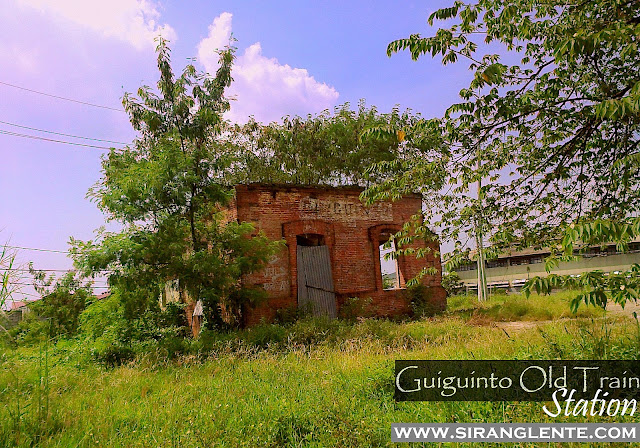
Jump to: | About | Why It’s Unique | How to Get There | Where to Stay
About the Jose Rizal Statue in Catbalogan
In the heart of Catbalogan City, Samar, stands one of the world’s most unique Jose Rizal statues—a striking monument that instantly captures the attention of locals and travelers. Unlike traditional representations of the Philippine National Hero, this statue presents Rizal in a bold, highly stylized form, symbolizing the creativity and cultural pride of the Samareños.








